What’s the Difference Between Wet and Dry Foam in Beer?
Everyone has improperly poured a beer in their life to the grimaces and eye-rolls of their drinking buddies and colleagues. The prime illustrator of a poorly-produced draft beer in any American bar or drinking table is the overwhelming presence of foam that inundates the glass and misbalances the minute equation between liquid and bubble. The copious head of white, quickly-dissipating bubbles – you can call it “dry foam” – is a sure sign that you’re not going to have an ideal drinking experience, regardless of if you’re drinking a Natty Lite or an award-winning IPA. But what if the overwhelming presence of foam was a good thing?
If you’ve had a properly-poured Pilsner Urquell straight from a Pilsner Side-Pour faucet, you’ll know that the presence of wet foam in your pour of a Pilsner is a good thing – and by design. So, what’s the difference between the foam in a typical beer and what is present in a proper pint of Pilsner Urquell? To find out, we asked the historic Czech brewer.
The first key differentiator is evaluating how each type of foam comes to be. Dry foam is caused by the rapid “choking” of the traditional American tap handle or by the manipulation of a glass up-and-down to release a stream of CO2, causing a dry foam of big “fish-eye” bubbles that rapidly deteriorates. This type of foam might offer the drinker fleeting whiffs of the beer’s aroma and a hint of refreshingly-carbonated crispness, but not much more. It’s more for show than anything and not great if you’re looking to drink several due to its gassy qualities. Dry foam is the side act to the mainstage – it’s auxiliary at best.
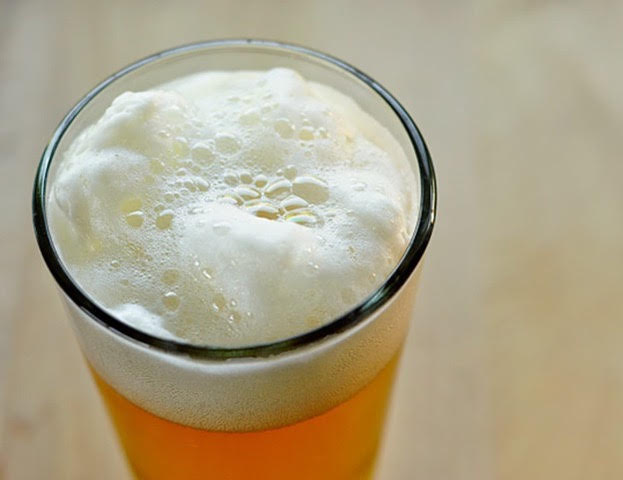
By comparison, wet foam is the headliner. The closest comparison would be the type of foam produced during a nitro-pour. The foam is thick, resolute, and ever-present in your glass until you gulp it down. The difference in production comes in the design and in the ingredients. Pilsner Urquell has been around for over 150 years and has had the time to develop the perfect ingredient list and delivery vehicle to showcase wet foam in all of its glory. That said, not every beer – or every bar – is designed to showcase the benefits of wet foam.
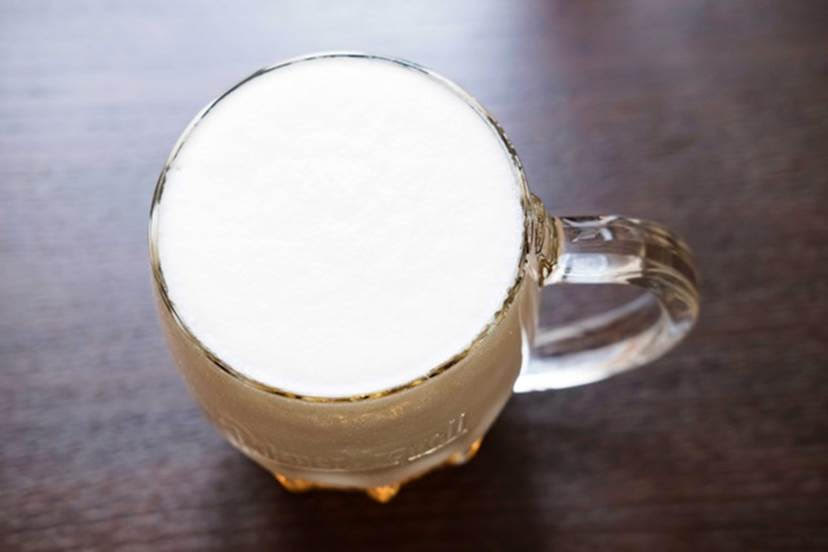
Pilsner Urquell is specifically produced to accentuate the qualities of wet foam. This includes a specialized ingredient list that includes 100% Moravian 2-row barley and Saaz hops; these hops are chosen particularly for how they interact with their Pilsen Soft water. Once the beer is formed, it has to be delivered through a specialized vessel: the Pilsner Side-Pour faucet.
The Side-Pour faucet is different than a traditional American tap handle and produces a different pour of beer. It’s a labor of love to install and to pour, but if done correctly, will produce a truly unique drinking experience that promises a creamy mouthfeel, full burst of aromatics and a lack of fizzy bubbles that might upset the stomach. The process of pouring from a Side-Pour faucet is a well-tested and precise operation that requires patience and experience. You also need specific, wide-mouthed glassware (above) to fit the wider faucet.
More foam or less — which Czech pour is yours? pic.twitter.com/9iQTOp1HZY
— Pilsner Urquell (@Pilsner_Urquell) November 6, 2019
For details on how the exact pouring process works, we asked Bryan Panzica, National Director – Trade Quality Manager Program at Pilsner Urquell.
“The Pilsner Side-Pour has a ball-cock valve which, when opened at a small degree (+- 15 degrees) it will indefinitely pour 100% foam…That foam is then forced through a micro-screen in the tip of the faucet, similar to a sparkler on a cask-engine or Nitro faucet, so an extremely dense creamy foam is produced (very similar in texture to a cappuccino foam or even a nitro foam. The micro-screen causes the CO2 to break out of the foam and the resulting foam consists of “micro-bubbles” which take much longer to dissipate than a dry foam, therefore protecting the beer from oxidation for a longer period of time.”
While the process may sound complicated, the result is clear. A unique pour of beer that stands out from its bubblier colleagues. Next time you’re at a bar or taproom, check to see if they have a side-pour faucet available. I know I will.
*Feature image courtesy of Pilsner Urquell


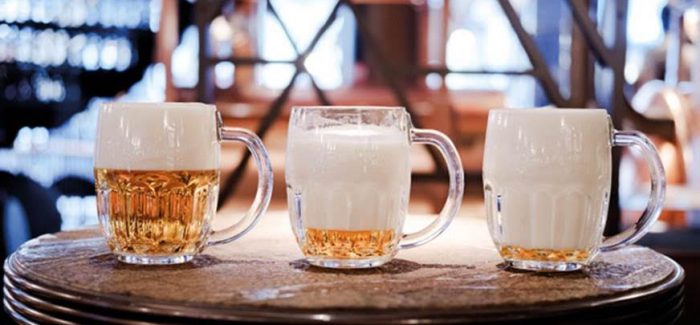

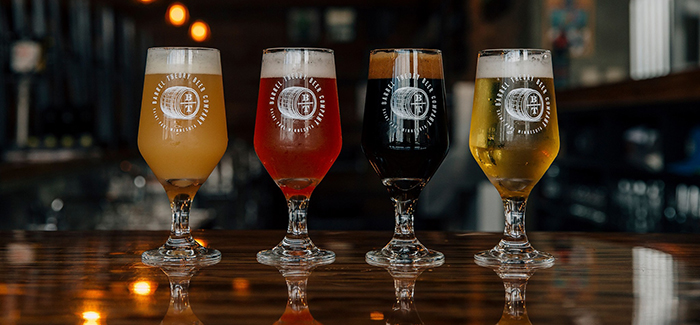
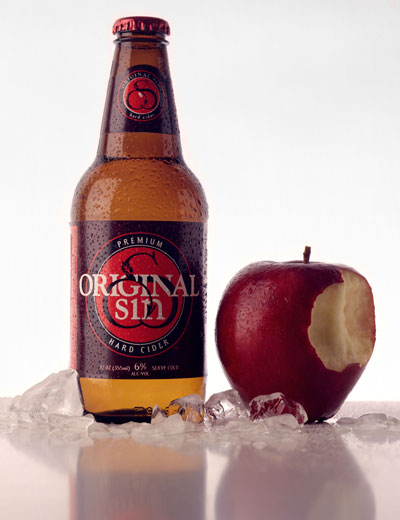

Submit a Comment